My Seasonal Clock Bleats On
Some clocks tick. Others chime. This time of year, mine bleats.
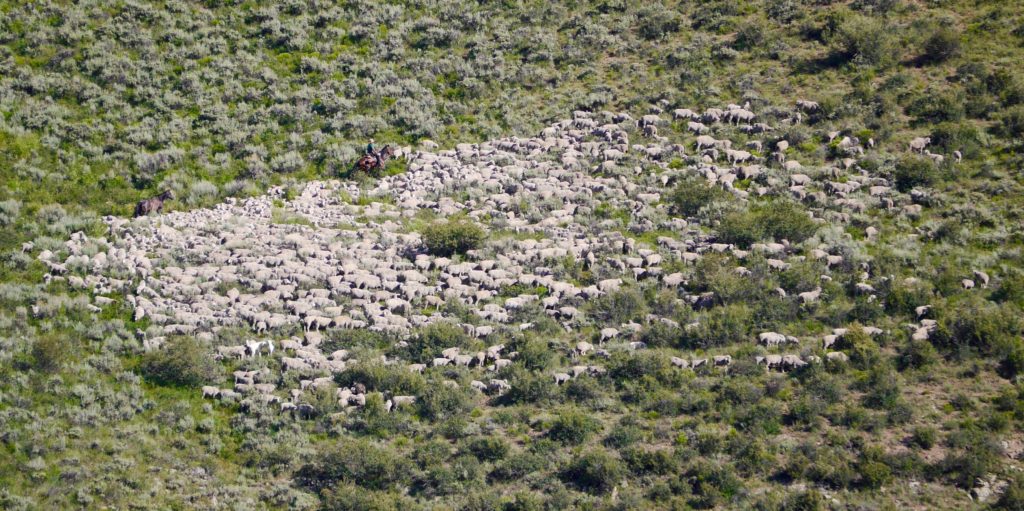
One of the largest sheep ranches in the US is downvalley from me, and the owners import Peruvian gauchos every summer to herd flocks over vast swaths of BLM land that roll right up to the back of my property. The sheep eat noxious weeds and keep the grasses in check as we head more deeply into our dry wildfire season. (The light in these pictures depicts the passage of time. When I shot the photo of the dogs and scattered sheep, the sun hadn’t hit the mountainside yet. The photo above, and of the gaucho below, were taken two hours later.)
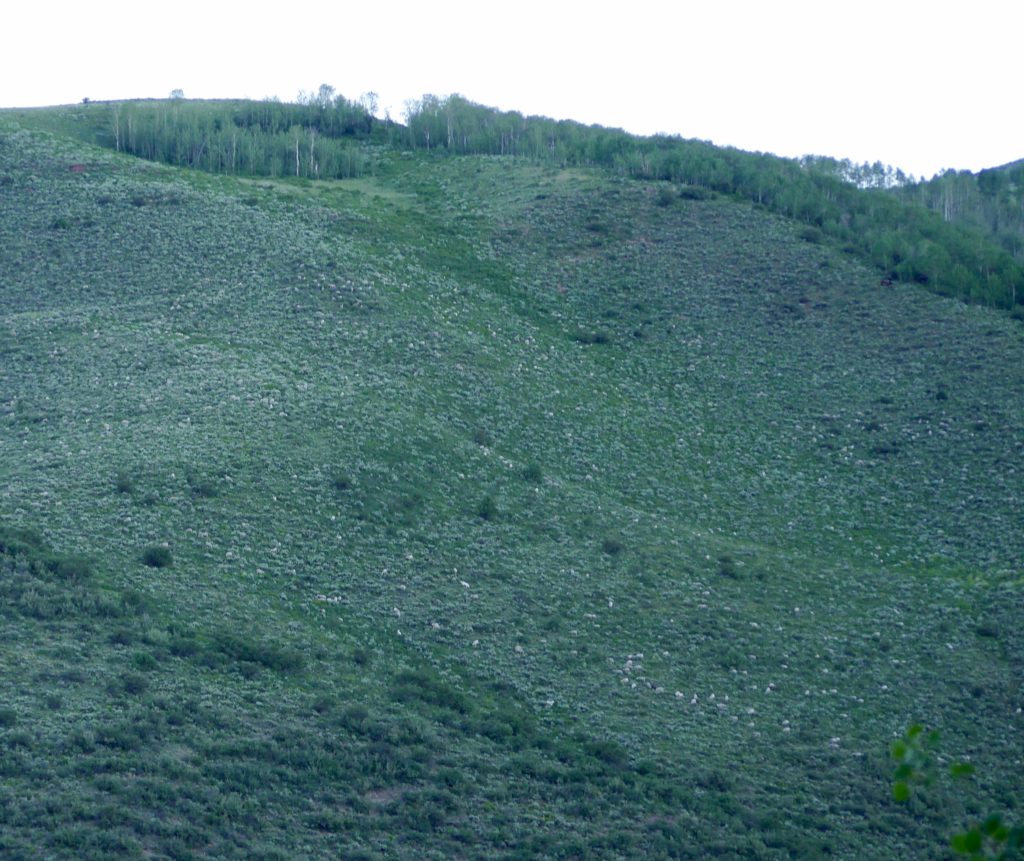
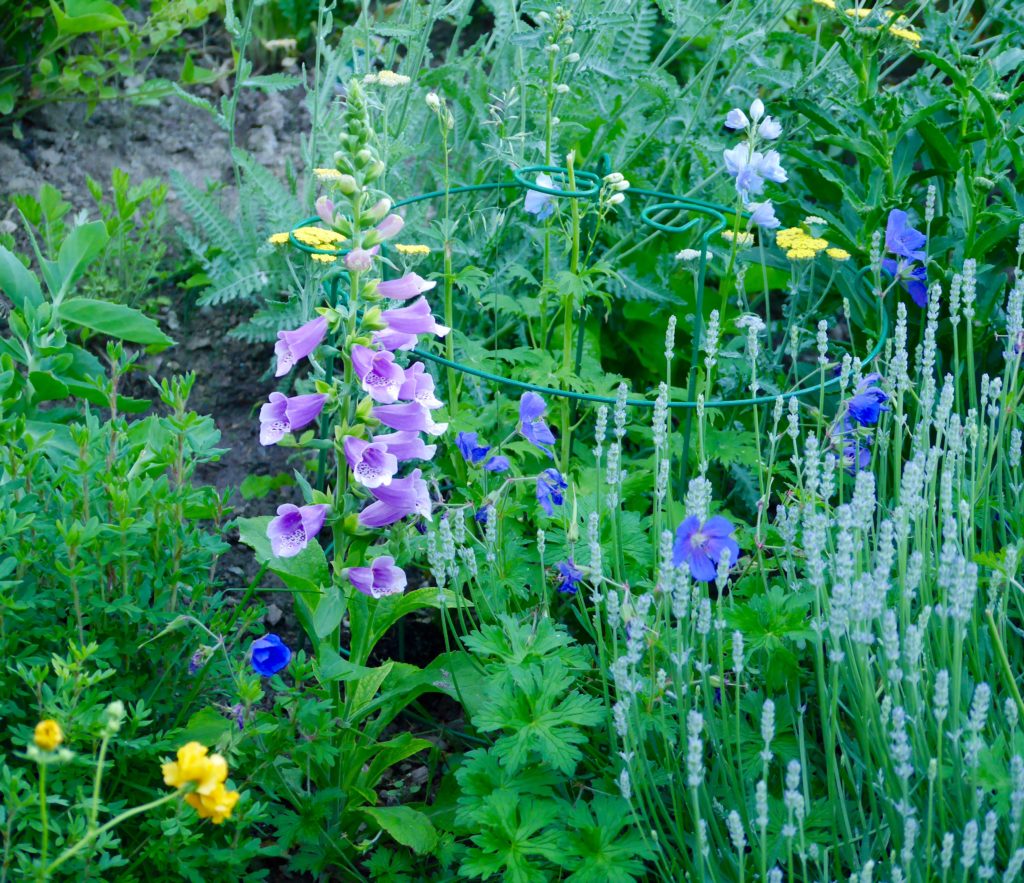
The sheep are a bit of a rude awakening when my garden is in full bloom, although August and September reveal their own unique beauty. The elusive foxglove (that pops up when it wants to) appeared this year. The Eidelweiss wave in the breeze, while the hollyhocks are so well-staked that they can’t move at all. Corsican violets compete with lavander as most-fragrant flower, and buzzing bees provide a peaceful soundtrack as I weed and prune. (I’m personally responsible for contributing to the apiaries on the hillside over the ridge, where someone is stockpiling wildflower honey.) Deer Off coats the delphimiums, which beats me sitting on the front terrace in a floppy hat, armed with the water hose on “Jet” to try (unsuccessfully) to repel the hungry beasts and alerting neighbors that the crazy woman is trying to drown the deer again. (Guilty.)
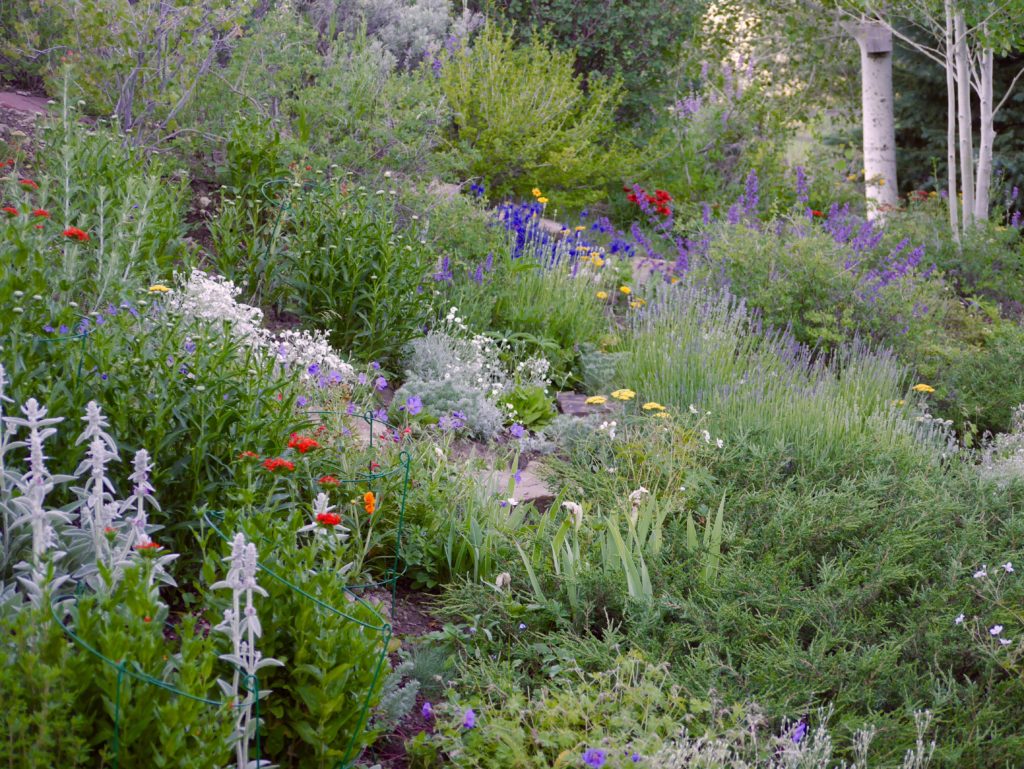
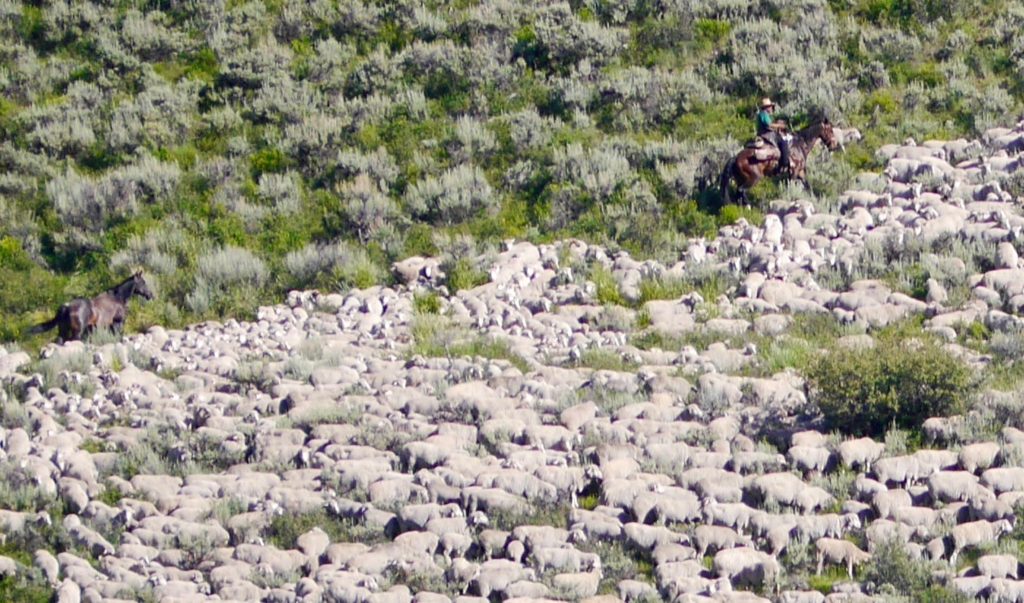
But back to the sheep, and the real truth behind their appearance: They telegraph that summer is turning toward autumn—not a welcome thought in a place where I had two inches of snow in late June. The animals always awaken us early one morning, bleating softly, or the muffled shout of shepherds or barking sheep dogs tease us out of sleep. It’s ridiculous how excited we get, flapping from thebed to open the blinds to try to spot the small creamy dots, or large swirling blob that looks like a living organism.
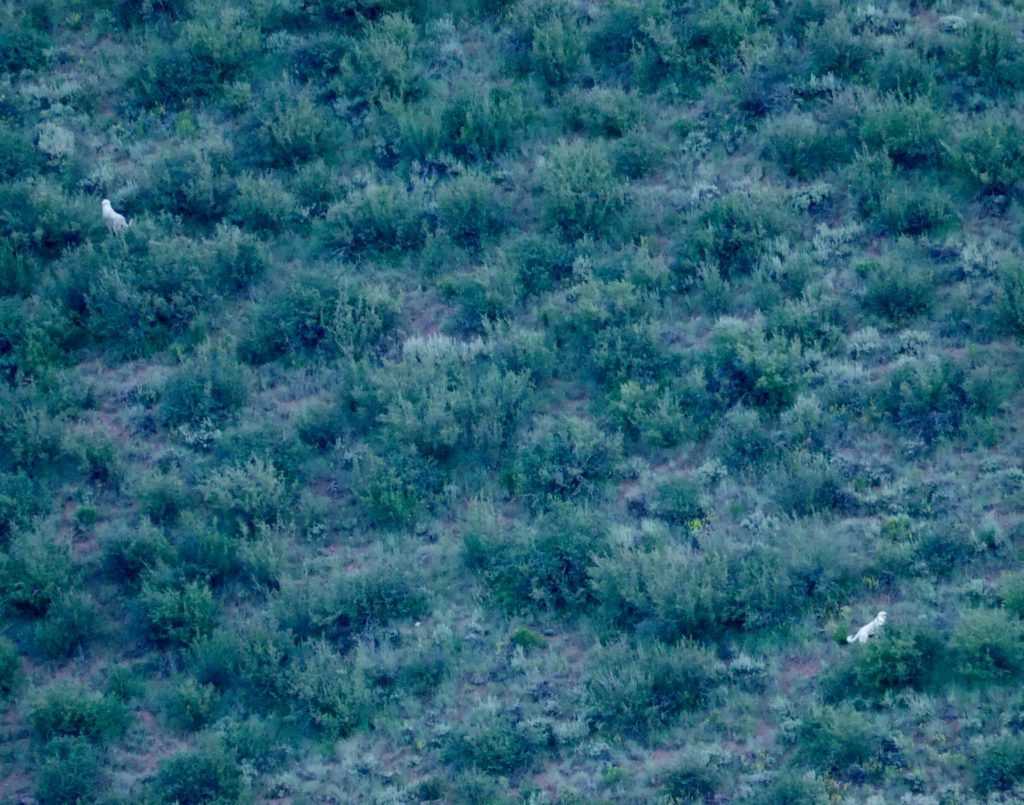
Given that I’m a city girl born and bred, the herd reminds me of how different life is in a small mountain community. I don’t mark seasons here by realizing that it’s time for the state fair, or that the streets are busier at 7:45 a.m. because of school runs and lumbering yellow buses being driven by harried-looking people.
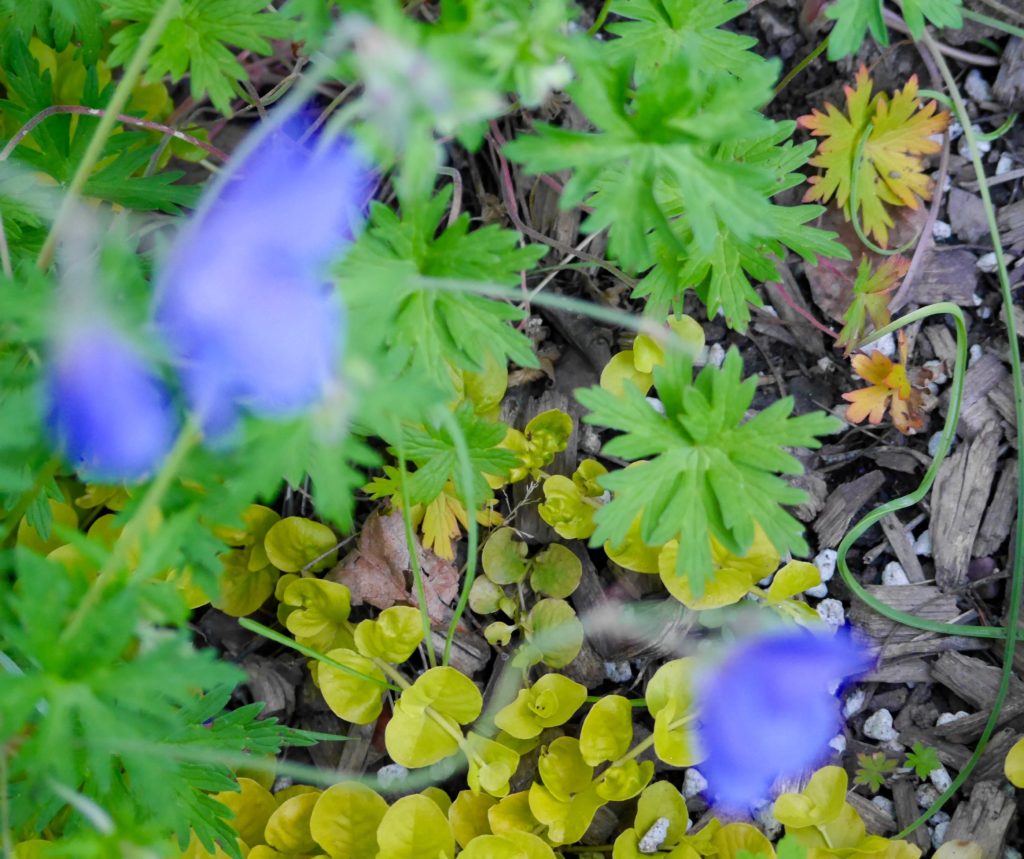
Our seasons creep in more gradually and naturally at altitude, and I become aware of changing light and bleating sheep, the first red-tinged leaf on the wild geranium, or the sudden absence of robins. And weirdly enough I don’t completely dread the transformation, even though winter is always two months too long. Our summer is so vibrant, so powerful, that I respect that the earth needs to rest and gather the energy (and moisture) for another spectacular summer. Our seasons are a perfectly appropriate cycle, tying me to a bigger place, a greater purpose, a life beyond my own small world.
In just a few months I’ll be taking my cross-country skis in to be waxed. We’ll blow out the irrigation system so that pipes don’t crack beneath the deep snows. My husband will drag the winter tires out of The Dungeon (our storage), and we’ll take the vehicles in to switch out wheels.
So bleat on, friends, while you can.
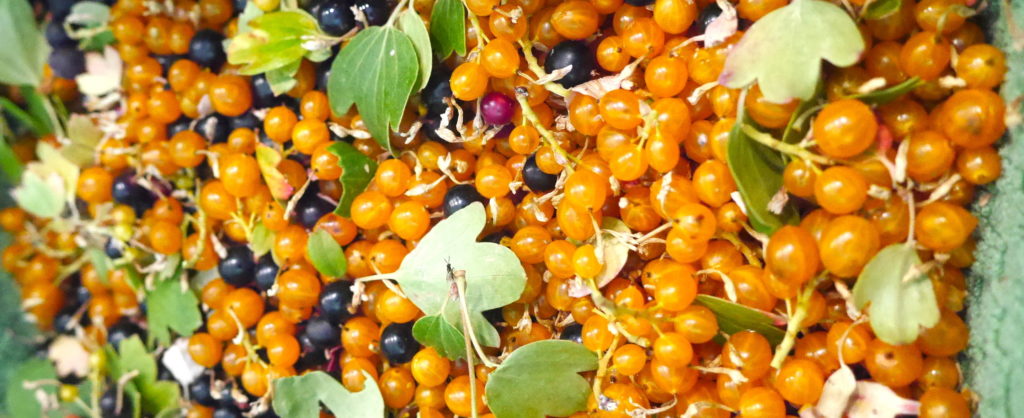
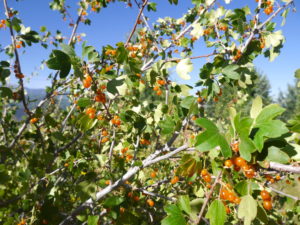
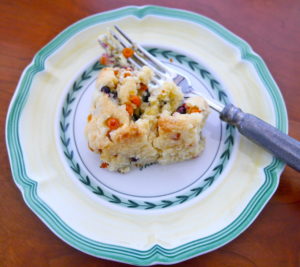
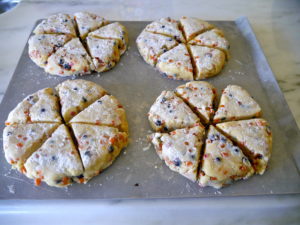 Whisk cream and egg. Mix flour, sugar baking powder, and salt in food processor. Cut the butter chunks into the flour mixture. Gently fold in the currants. Stir in the egg-and-cream. Form the dough into two balls, then flatten into six-inch disks. Cut the disks into six pieces, like a pie. Brush with additional melted butter, and sprinkle with Demerara sugar. Bake about 20 minutes, or until golden. Let rest 15 minutes before serving.
Whisk cream and egg. Mix flour, sugar baking powder, and salt in food processor. Cut the butter chunks into the flour mixture. Gently fold in the currants. Stir in the egg-and-cream. Form the dough into two balls, then flatten into six-inch disks. Cut the disks into six pieces, like a pie. Brush with additional melted butter, and sprinkle with Demerara sugar. Bake about 20 minutes, or until golden. Let rest 15 minutes before serving.